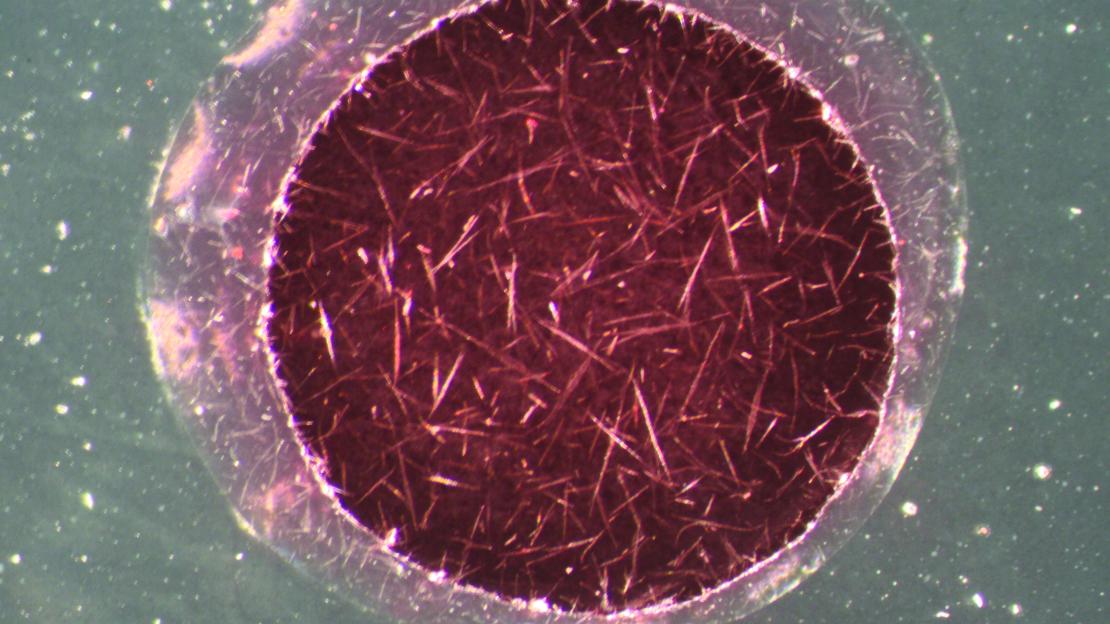UTSC researchers are pioneering a new technique to explore the formation of amyloid plaques—protein deposits which play an important role in causing Alzheimer’s disease—and help find treatments for the disease. Amyloid-beta peptides, which are harmless in healthy individuals, clump together to form dense plaques that interfere with the function of neurons in Alzheimer’s patients. Just how and why amyloid beta sometimes develops plaques is still unclear. Anthony Veloso—a PhD student working with Kagan Kerman, an assistant professor of chemistry in UTSC’s department of physical and environmental sciences—used a technique called optical trapping to get a closer look at amyloid-beta production. The procedure involves aiming a thin laser beam at a solution containing amyloid-beta particles, creating a magnetic field that attracts and holds the particles in place. Stained with a dye, the amyloid aggregates glow under the laser light, and the image is captured by a fluorescence microscope. “This technique could accelerate the drug discovery process,” says Kerman. “It gives us a new way to examine the early phase of plaque formation, when the most toxic species of oligomers are formed.” With optical trapping, Veloso and Kerman aim to discover the exact role of amyloid aggregates in Alzheimer’s. The method could also be used to understand aggregate formation in other neurodegenerative diseases and to test therapeutic compounds that could potentially halt the formation of plaques. The work of Veloso and Kerman—which was published in Analyst, a journal of the London, U.K.–based Royal Society of Chemistry—was a collaboration with researchers at Osaka University.
